For two weeks in July, Steve Snell, Assistant Professor of Art at Hastings College, had the opportunity to hike the Chilkoot Trail in Alaska and Canada. The trail is 33 miles long and it is the same trail that was made famous by the Klondike Gold Rush and books like “White Fang.”
“It was probably the most physically demanding thing I’ve ever done,” he said. “I went eight days without a shower. My friend Eric Kocher—who helped with the collaboration of the project—and I had to scramble up rocks to the summit of the mountain. This experience pushed me to do something I’ve never done before.”
 Snell spent the summer of 2014 on the Chilkoot Trail for an artist residency program. After a friend emailed him about the program, Snell decided to look into it and give it a shot. Three participants are chosen every year—someone from Canada, someone from the United States and a local resident—to take part in the program which began June 18 and ended August 12.
Snell spent the summer of 2014 on the Chilkoot Trail for an artist residency program. After a friend emailed him about the program, Snell decided to look into it and give it a shot. Three participants are chosen every year—someone from Canada, someone from the United States and a local resident—to take part in the program which began June 18 and ended August 12.
“This residency was unique because most artist residency programs are stationary, where the artists are working in their studios,” said Snell. “This one was different because the trail was the studio. That appealed to me because of my art practice, which is all about using creativity to have a remarkable experience.” Snell said the trail was perfect for joining his art practice and the community together. Some of his work includes what he calls adventure-art, and that’s where his focus was during his residency. With this art form, Snell said there is no separation between art and life.
“Everybody out there is already on an adventure,” said Snell. “I wanted to make a video to provide the image of their experience.” No script was written before-hand, as the whole production was a work in progress developed along the way. “This video was a portrait of the place and the people over the course of two weeks. These people can be in similar places, but that place can mean different things to different people.”
While out on the trail, Snell said he designed signs, actually inspired by the pioneer village signs in this area, and set them up along the way in order to attract hikers. Snell would sit and wait patiently for people to show up to take part in the project and tell their stories. Some days would just be Snell and Kocher without visitors, and other days they would work non-stop from 11 a.m. to 10 p.m.
Although the experience was physically daunting, Snell said it helped him grow as an artist because “pushing yourself out of your comfort zone is good for you.” He said it was a challenge doing this artwork because, at first, he was uncomfortable talking to people, but it was necessary in order to form interesting relationships. “Even if it was intimidating, the project pushed that aside,” he said.
This project has been continually worked on since his residency ended July 16. Right now, the video stands at 30 minutes long, although Snell said he doesn’t believe it’s quite finished yet.
“Art isn’t finished until the artist says it is, and I don’t think it’s quite there yet,” Snell said. The video, Chilkoot Legends, was on display at a gallery in Lincoln, Neb. , in the fall. A video preview is included above.

